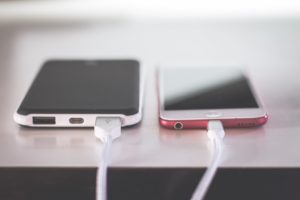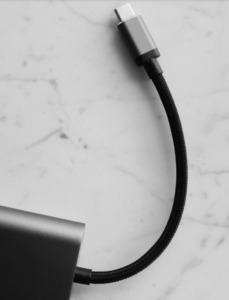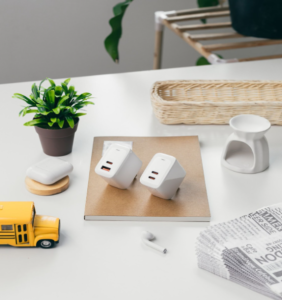6 years ago, if a smartphone could charge from 0% to 100% in under 2 hours, it was considered a fast charging device. That isn’t the case anymore. Nowadays, we have phones like the Redmi Note 12 that sport a whopping 210W of super fast charge speed. This device can go from 0% to 100% in just 10 minutes. It sounds insane, but it’s true.
When you take a step back from the initial excitement of this advancement, questions like “How can something this fast be good for my battery’s health?” Or if you’re a pessimistic person, you’d probably ask something like, “How long will it take for my phone to explode?”
Well, in this article, we’re going to explore the development of fast charging and find out exactly how safe it is for your smartphone.
How Does Fast Charging Work?
Inside a smartphone’s battery, there is an electrolyte that divides the battery into two usually equal parts called an electrode. One electrode holds the positively charged ions, while the other holds the negatively charged ions. When you plug in your phone to charge, the positive ions flow to the negative electrode (becoming negatively charged), then the opposite happens when draining your battery. Fast charging simply works by pushing the ions from the positive electrode to the negative electrode faster.
Is it Safe?
So, will my phone explode?
Even before the invention of fast charging, smartphone batteries had always had one problem to deal with: heat. Heat is caused when the ions flow from the positive to the negative side. And heat leads to faster degradation of your smartphone’s battery. Fast charging adds to that problem. That is why it is recommended that you leave your phone when it’s charging.
From all we’ve said, you’ve probably deduced that heat is the main roadblock smartphone companies are facing with this new technology. So what have they done to get around this problem?
Solutions to Make it Safer
Move the Workload to the Brick
If you’ve been paying attention, you’ve probably noticed how phones with super-fast charging speeds now have bigger bricks. The increase in the size of the brick charge isn’t just for show or a new way for companies to charge more for bricks. It’s actually the result of a smart strategy to reduce the effects of fast charging on smartphones.
This solution moves the bulk of the charging work from your phone (and thereby your battery) to the power brick. So all of the heat (or at least the majority of it) that should have been produced by your phone is now produced by your power brick. Then the power flows to your smartphone and charges it.
The only trade-off with this solution is that you get bigger charging bricks.
Parallel Charging
This solution splits the battery into two parts and then delivers power to them separately. This could be used to charge a smartphone with a 5000mAh battery and a 50W charging speed, for example. The 5000-mah battery will be split into two equal parts of 2500 mah with each battery having a 25-watt charging speed. So there’ll be less heat because it’s only 25 watts, and you’ll get shorter charging times.
Added Cooling System
Another way smartphone brands are getting around these drawbacks is by adding cooling solutions to their smartphones. Since heat is the main problem, adding materials like heat sinks that help phones manage heat will reduce the effects of super-fast charging.









